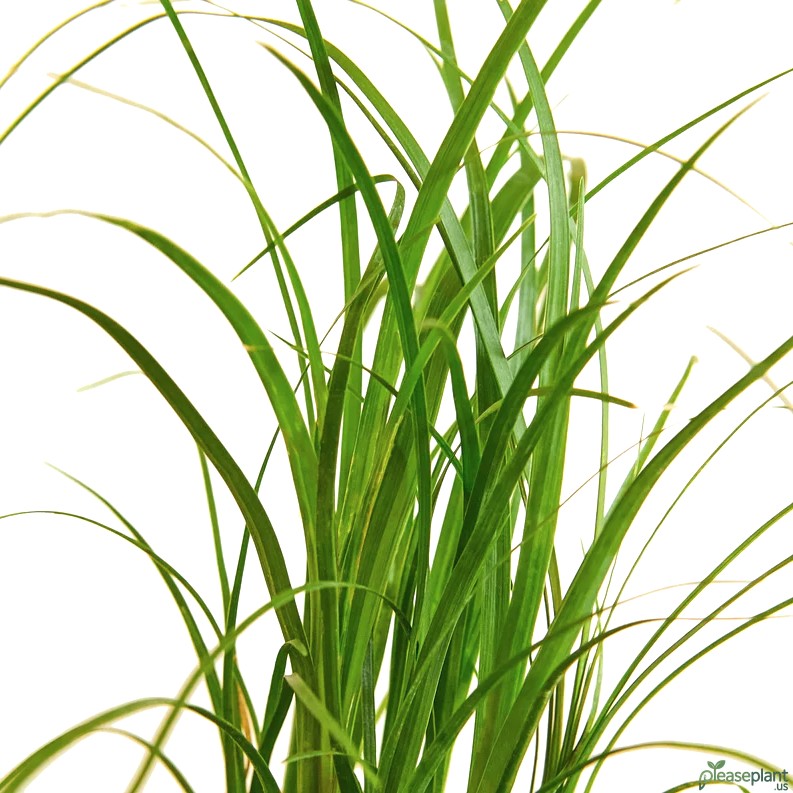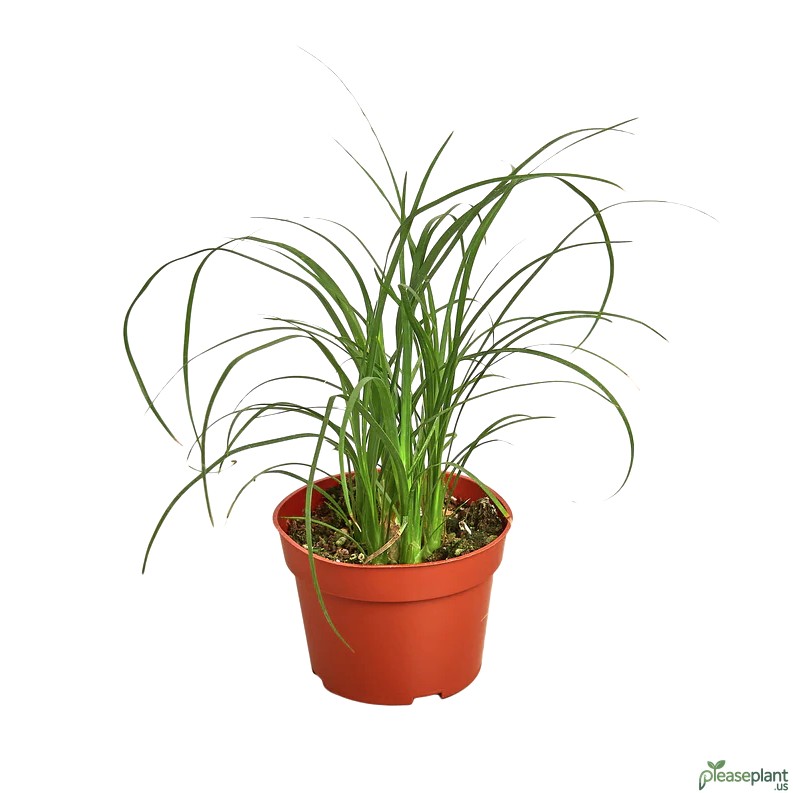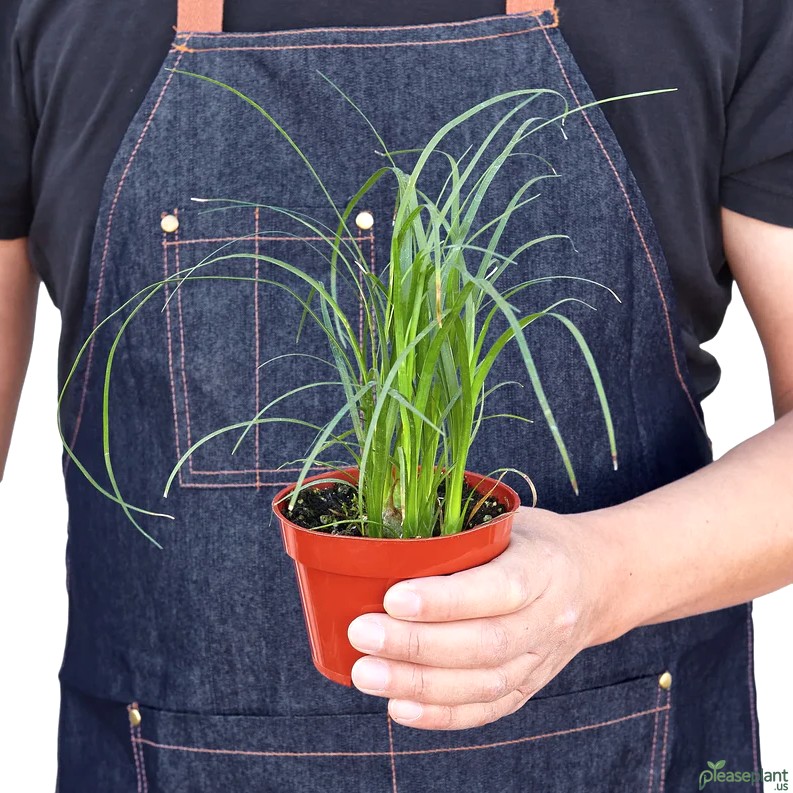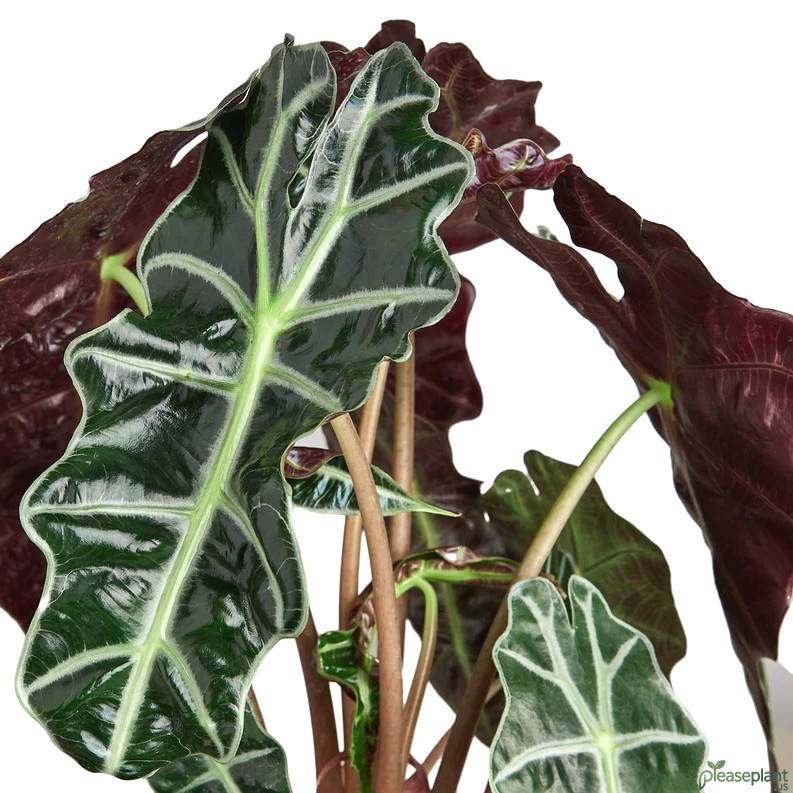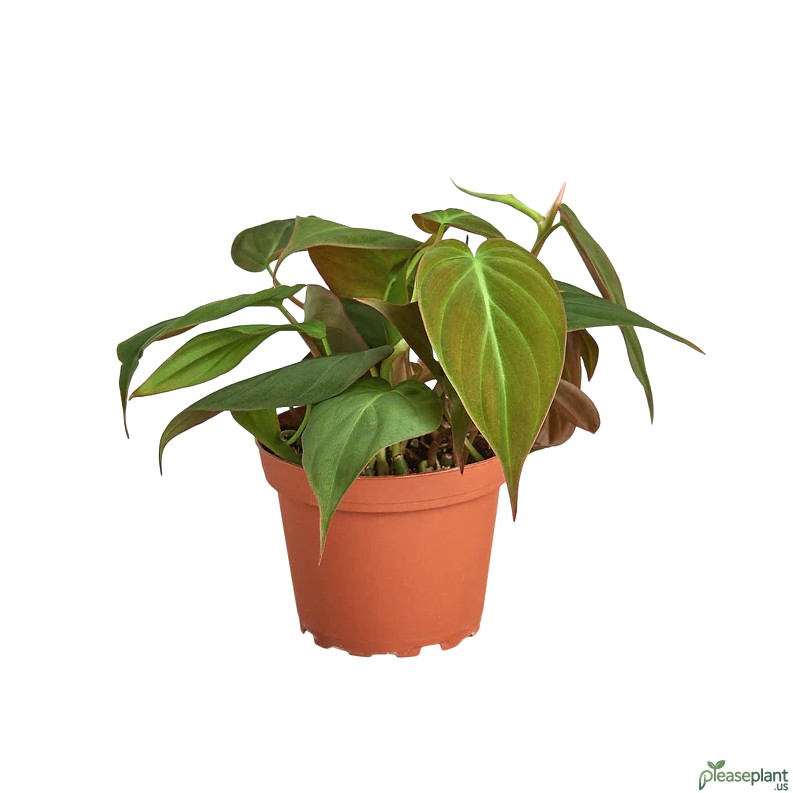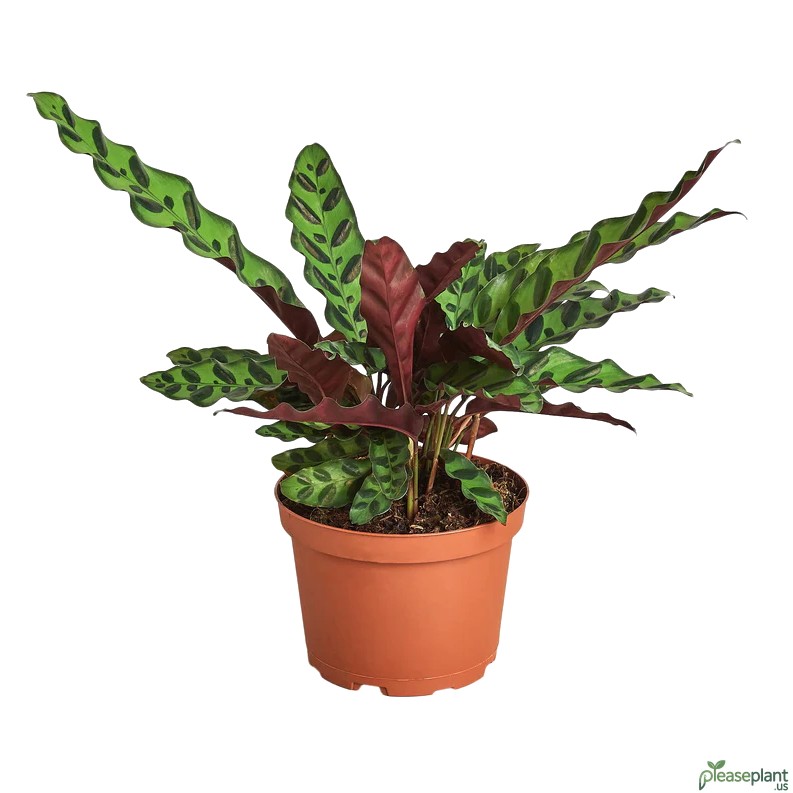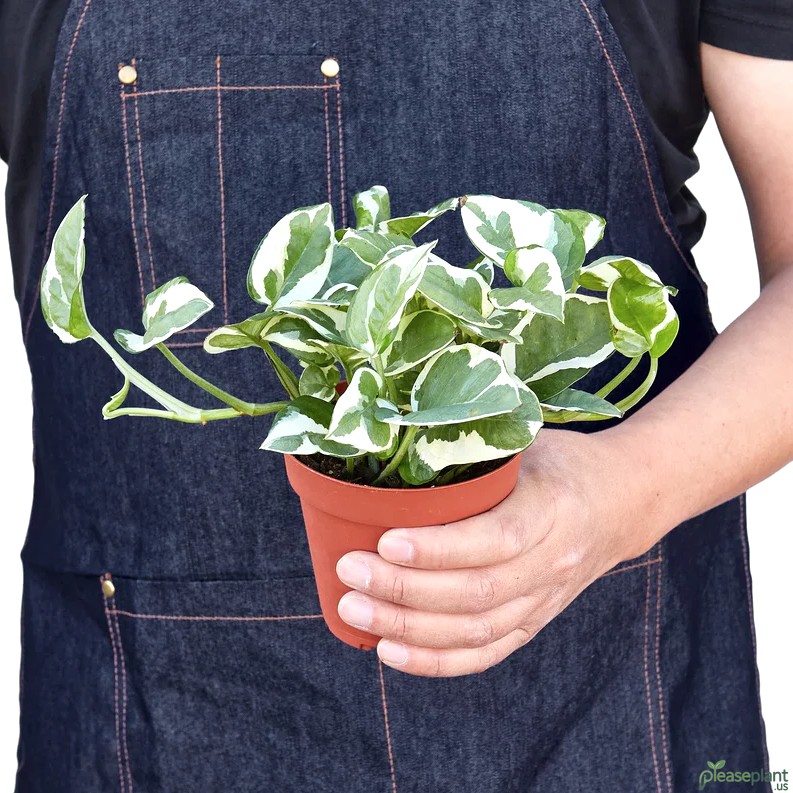If you’ve ever tried to grow a Palm Ponytail Plant and ended up with a sad, droopy mess, you’re not alone. This quirky plant looks tough but needs just the right care to survive. I’ve been there, watching my first ponytail palm slowly fade away. Don’t worry; I’ve learned a few tricks to keep this resilient plant alive, even for gardeners who swear they have no green thumb. From watering habits to light preferences, here’s what really works to keep your ponytail palm happy and growing strong.
The Tale of My Struggling Palm Ponytail Plant
I remember getting my first Palm Ponytail Plant with big hopes, thinking it was nearly impossible to kill. Spoiler alert: I failed spectacularly. This plant, with its chunky trunk and wild, hair-like leaves, looks like it could survive a desert storm, but it actually has its quirks. What I learned quickly is that it’s not about pampering it like a diva but knowing when to step back and when to get your hands dirty.
Watering Woes and How to Fix Them
One big mistake I made was treating my ponytail palm like a thirsty cactus, watering it way too often. Turns out, this plant hates soggy feet. The thick bulbous base stores water just fine, so overwatering leads to root rot faster than you can say "help!" My advice? Water sparingly, let the soil dry out completely between watering sessions. If your leaves start turning yellow or mushy, you’re probably overdoing it. On the flip side, if they look crispy and dry, maybe it’s time to give it a drink — but not too much!
Light Matters More Than You Think
Bright, indirect sunlight is where the Palm Ponytail Plant shines literally and figuratively. I once shoved mine in a dark corner thinking it would survive anywhere, but it sulked and lost its charm. Placing it near a south-facing window where it gets plenty of filtered light worked wonders. Just avoid direct scorching sun that can turn those beautiful leaves brown and crispy. And if you’re living in a gloomy place, consider some grow lights to keep your plant from turning into a sad, droopy mess.
Soil and Potting Tips
Soil mix can make or break your ponytail palm experience. It needs something well-draining; I use a cactus or succulent mix with extra perlite thrown in. This helps prevent water from sitting too long at the roots. Also, pick a pot with drainage holes because your plant will not forgive you for standing water. Repotting every 2-3 years keeps it from feeling cramped and lets you check the roots for any rot or pests.
Patience and Observation Are Key
One of the biggest lessons was learning to watch and listen to my plant. It doesn’t scream for water or yell when it’s too cold, but the leaves tell you plenty if you pay attention. Droopy leaves, discoloration, or slow growth all mean something’s off. And hey, don’t panic if it gets a little scraggly sometimes. This plant is resilient and can bounce back with proper care.
Common Problems and Odd Fixes
Sometimes your ponytail palm might throw a curveball with brown tips or leaf drop. Usually, it’s a sign of low humidity or inconsistent watering. I tried misting mine occasionally, and it seemed to help, but don’t go overboard. Also, pests like spider mites can show up; wipe the leaves with a damp cloth or use insecticidal soap if you spot these tiny pests.
So, Is the Palm Ponytail Plant for You?
If you think you have no green thumb, this plant might just be the perfect challenge. It’s low-maintenance but not completely hands-off. Follow the watering, light, and soil tips, and you’ll have a quirky, fun plant that gets better with time. Just remember, it’s not about perfection but learning as you go and enjoying the little victories when your ponytail palm perks up after a rough patch.

